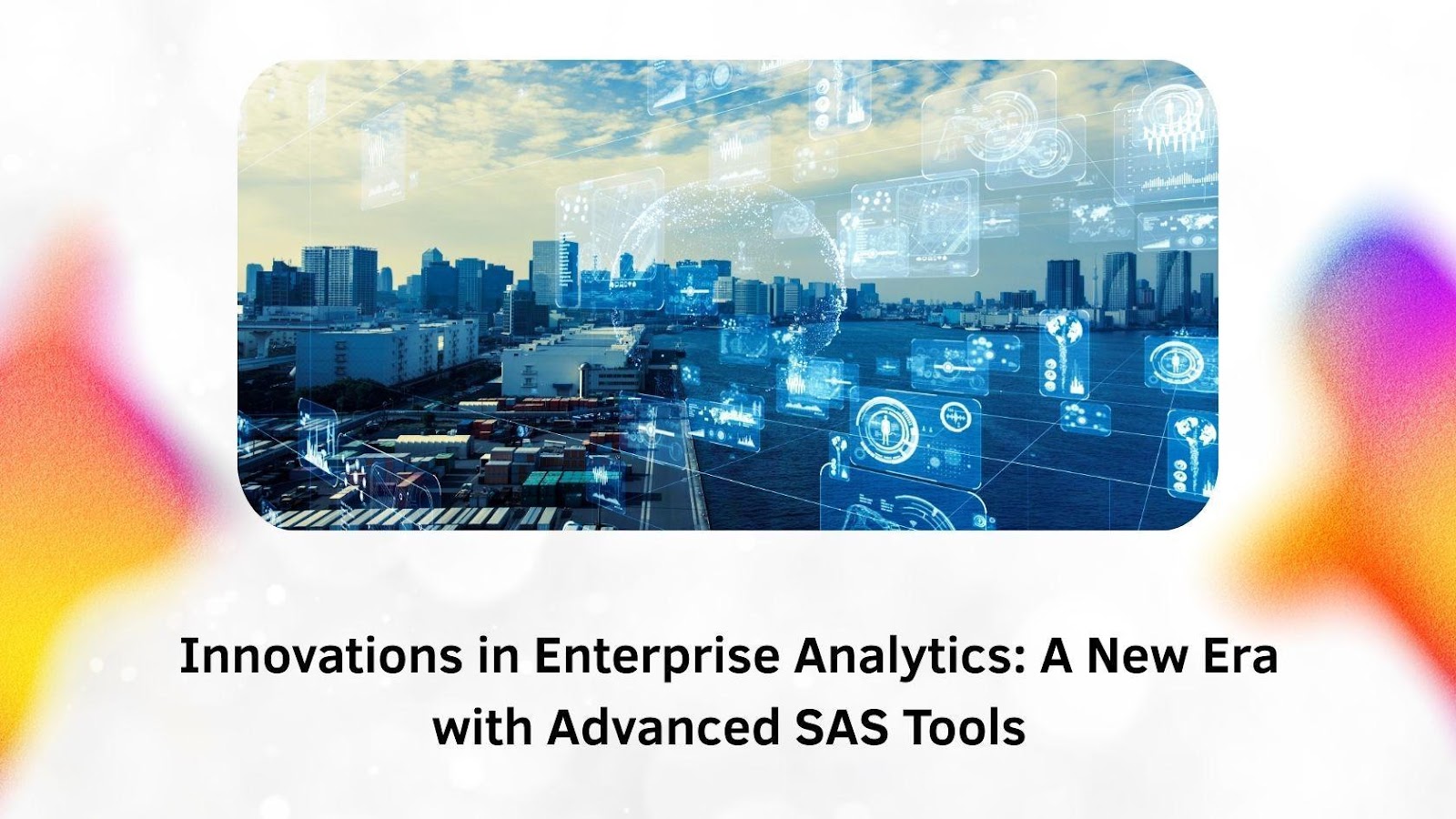In a world where data reigns supreme, organizations are constantly looking for ways to leverage advanced technologies to enhance their decision-making processes. In this context, the Statistical Analysis System (SAS) has emerged as a powerful tool, evolving far beyond its origins in agricultural research to become a cornerstone of modern enterprise analytics. Venkateswara Rao Banda’s article delves into the key innovations driving the platform’s evolution and its transformative impact on industries ranging from healthcare to finance.
The Evolution of SAS: From Research Tool to Enterprise Powerhouse
SAS began as a tool for agricultural research at North Carolina State University, focusing on processing large data sets. Over the decades, it has developed into a robust analytics platform capable of managing vast amounts of enterprise data. By 1976, SAS was already processing over 1 million observations, laying the groundwork for the sophisticated platform it is today. Its capabilities have expanded significantly, enabling it to handle data volumes of up to 2.5 petabytes and supporting concurrent analysis by thousands of users across diverse sectors.
Leveraging Predictive Analytics for Smarter Business Decisions
One of the standout innovations in SAS is its predictive analytics functionality. Through tools like SAS Enterprise Miner, organizations can predict customer churn with remarkable accuracy. By utilizing machine learning algorithms such as decision trees and gradient boosting, SAS provides businesses with insights that significantly reduce churn prediction times and enhance model accuracy. The platform’s ability to identify key customer behavior patterns has also proven invaluable in industries like finance, where forecasting credit risks and customer behavior can substantially improve decision-making and reduce risk.
The Role of Machine Learning in Enterprise Optimization
Machine learning is another area where SAS has made significant strides, especially in automating and optimizing various business functions. Through its ensemble modeling and automated feature engineering, the platform reduces false positives and improves the accuracy of predictions, particularly in scenarios such as credit risk modeling and financial forecasting. Additionally, the system’s ability to handle imbalanced datasets and complex variables ensures that even highly nuanced trends are captured and analyzed accurately.
Revolutionizing Time Series Analysis
SAS is transforming time series analysis by enabling companies to forecast and plan more effectively. Tools like PROC ARIMA help identify seasonal patterns and trends, even in large datasets. Its seasonal decomposition capabilities allow businesses to adjust for factors like holidays or trading-day variations. Additionally, SAS’s integration with IoT systems enhances real-time forecasting, improving supply chain management and operational efficiency by quickly detecting disruptions and making data-driven decisions to optimize operations.
Transforming Healthcare Through Data-Driven Decision Making
SAS has revolutionized healthcare through data-driven decision-making by integrating Electronic Health Records (EHR) with advanced analytics. This enhances clinical decision-making, reduces documentation errors, and improves patient care. Clinical Decision Support Systems (CDSS) powered by SAS enable better diagnoses and medication management, boosting practitioner performance and healthcare delivery.
Advanced Text Analytics: Unlocking Insights from Unstructured Data
SAS’s text analytics capabilities allow organizations to extract insights from unstructured data like customer feedback and social media. With sentiment analysis and text categorization, businesses can gauge customer sentiment, understand preferences, and spot emerging trends, helping them enhance customer experience and make data-driven decisions in real time.
The Future of SAS: Continuous Innovation and Expansion
SAS’s future looks promising as it continues to integrate emerging technologies like artificial intelligence, edge computing, and automated systems. With its increasing focus on real-time analytics and machine learning, SAS is poised to further streamline enterprise operations, enabling faster decision-making and more personalized customer interactions. As businesses strive to keep up with an ever-expanding data landscape, the platform’s ability to scale and adapt will be critical in ensuring that organizations remain competitive.
In conclusion, Venkateswara Rao Banda‘s article highlights the vast potential of SAS as an enterprise analytics solution. Its continual advancements in predictive modeling, machine learning, time series analysis, and text analytics not only revolutionize the way businesses process data but also open new avenues for enhancing operational efficiency and decision-making. As enterprises continue to embrace digital transformation, SAS will undoubtedly remain a cornerstone of data-driven decision-making, helping organizations navigate the complexities of a data-rich world.




























